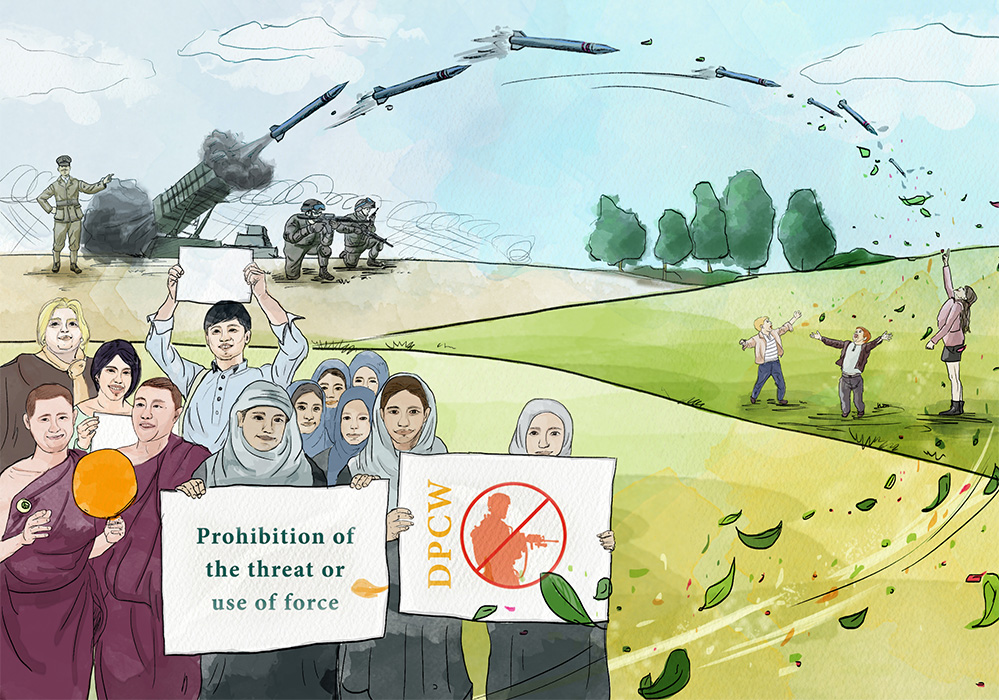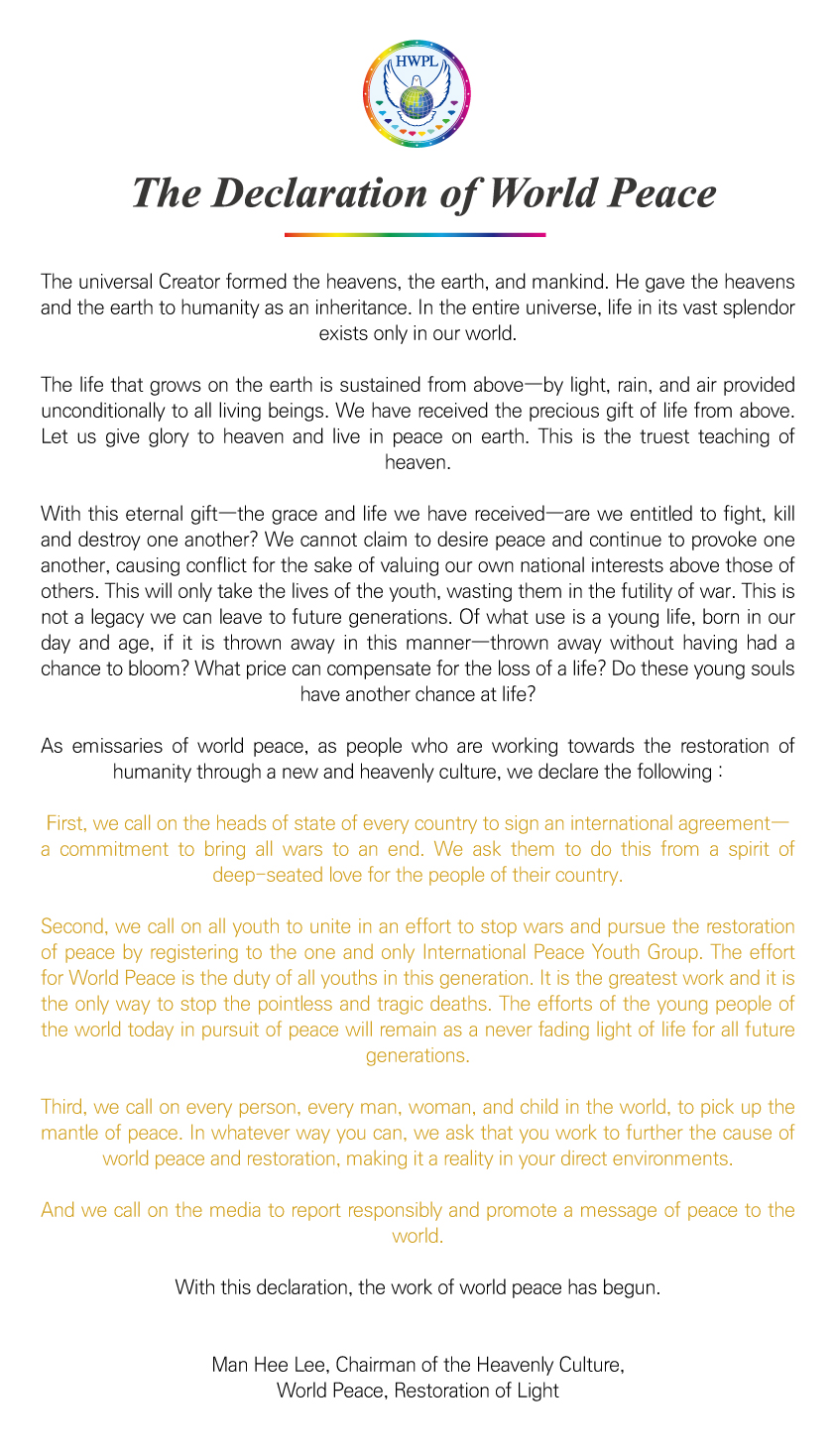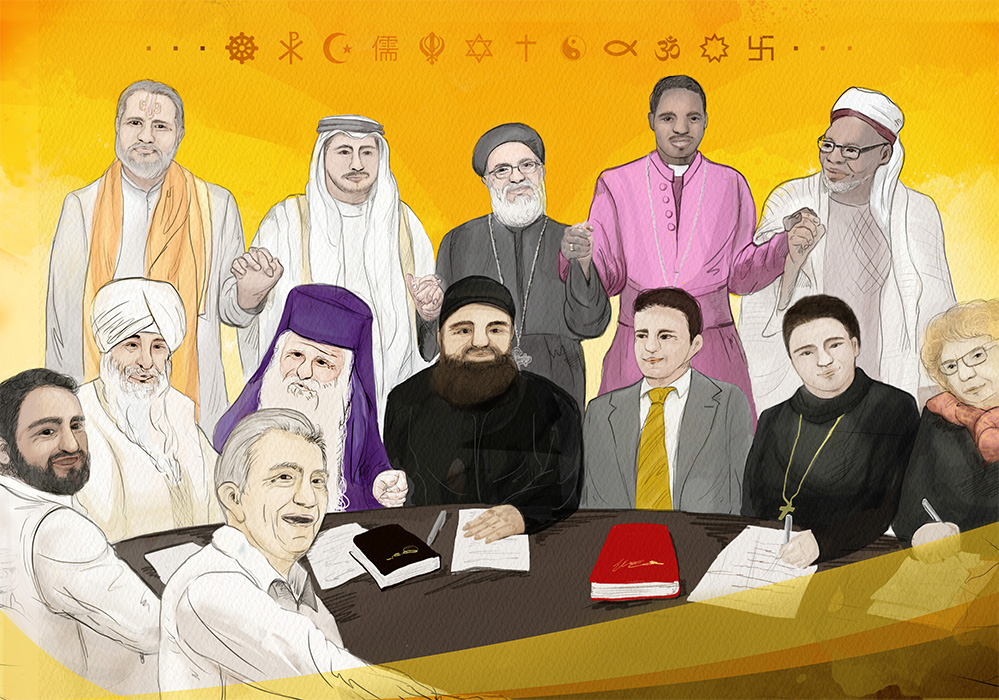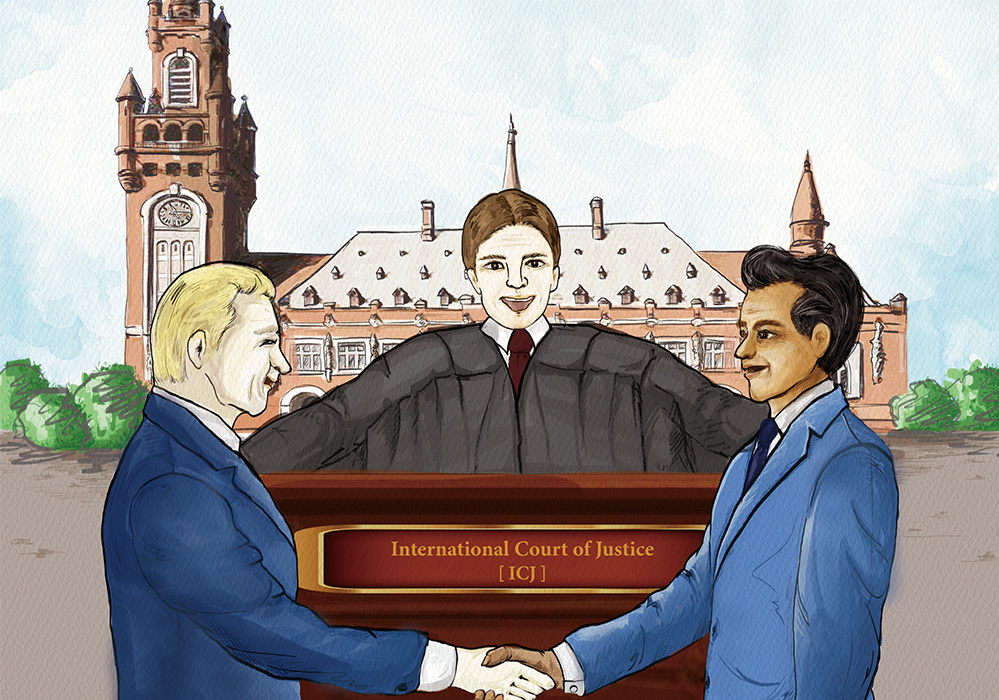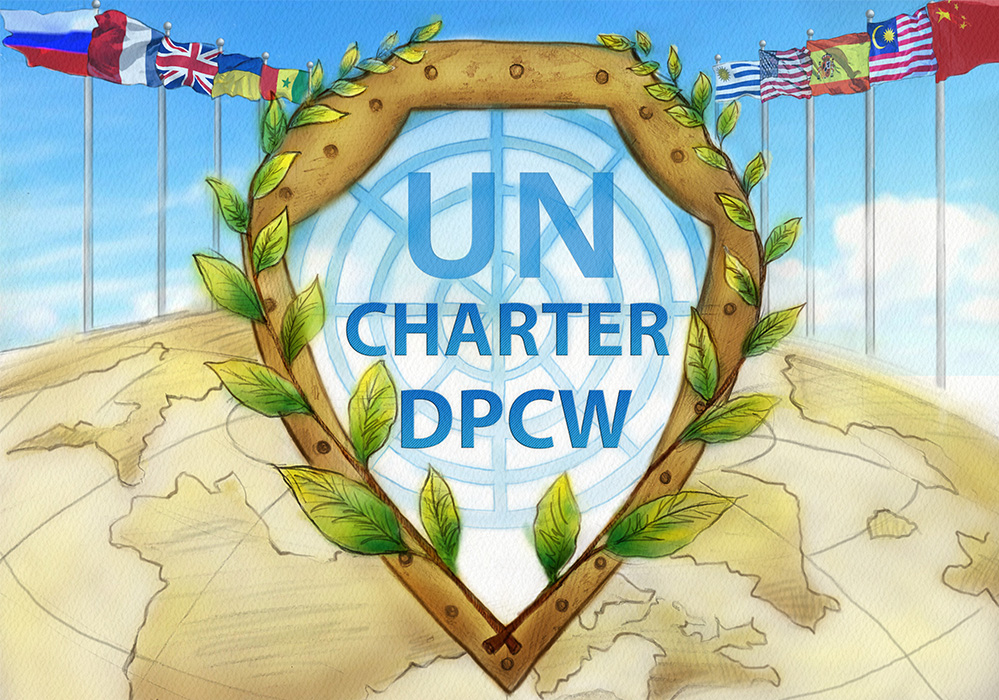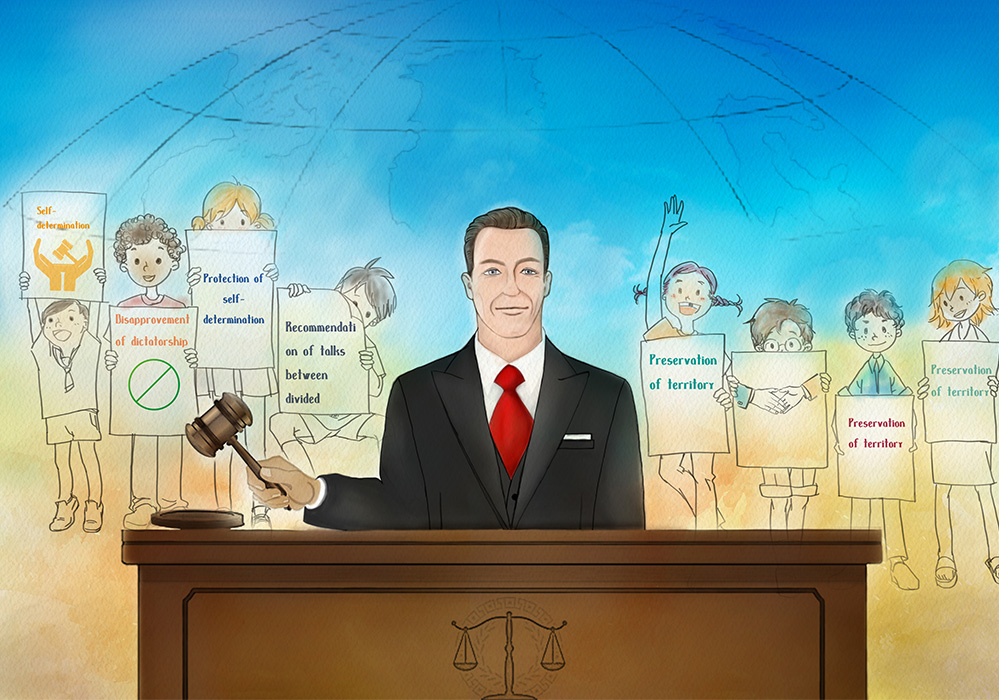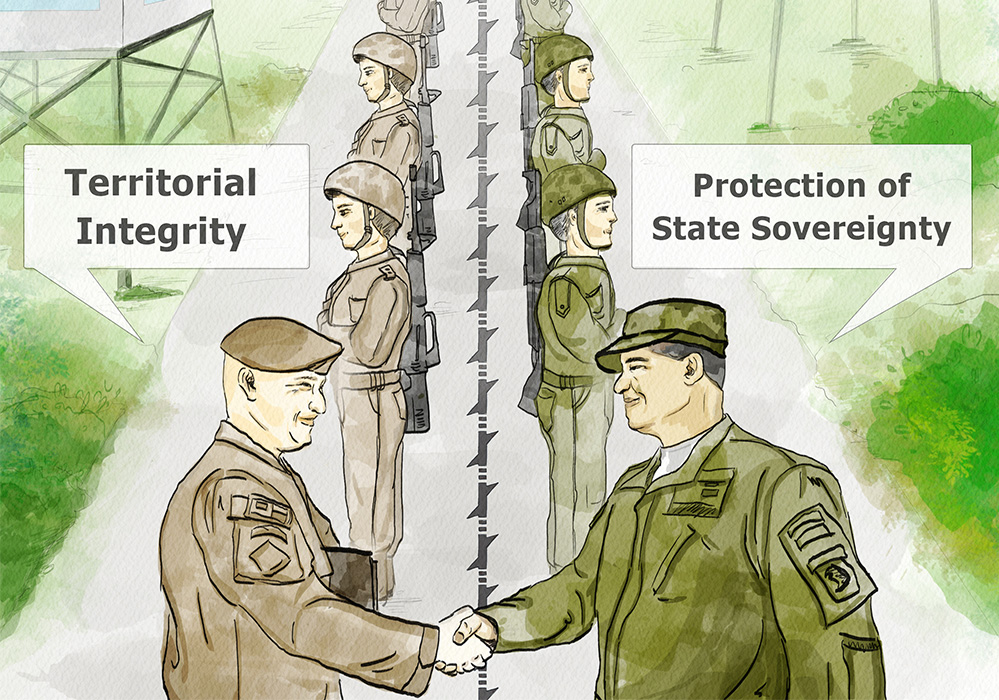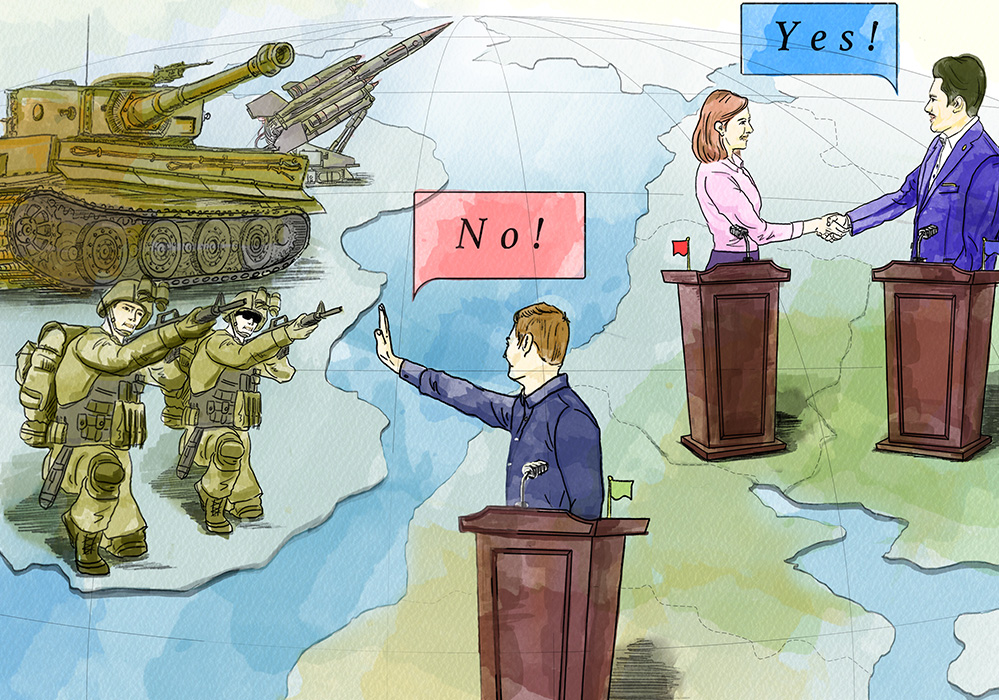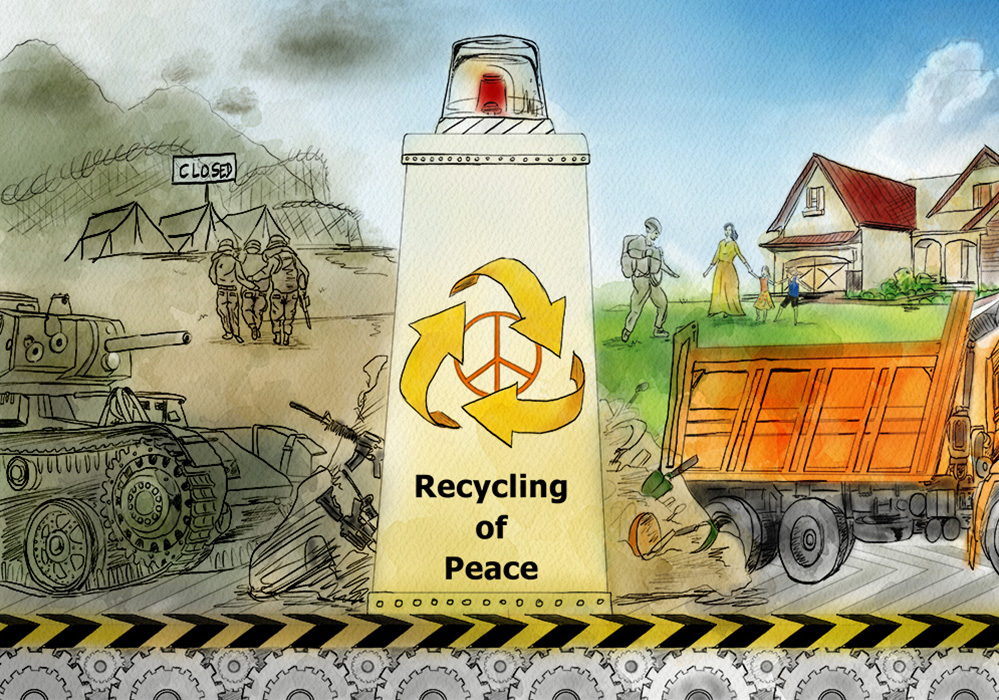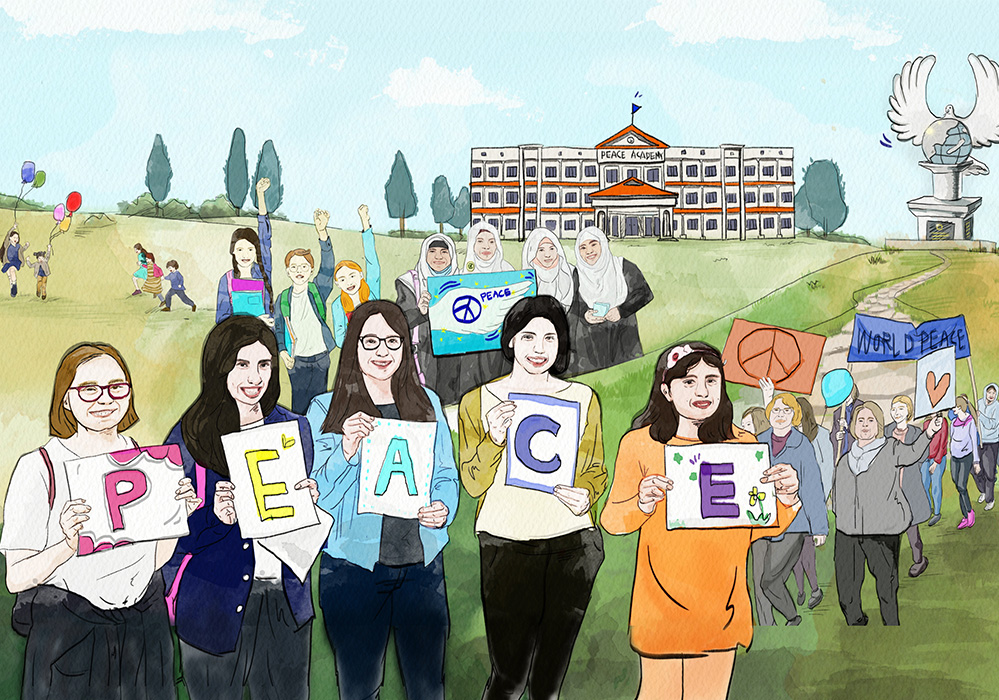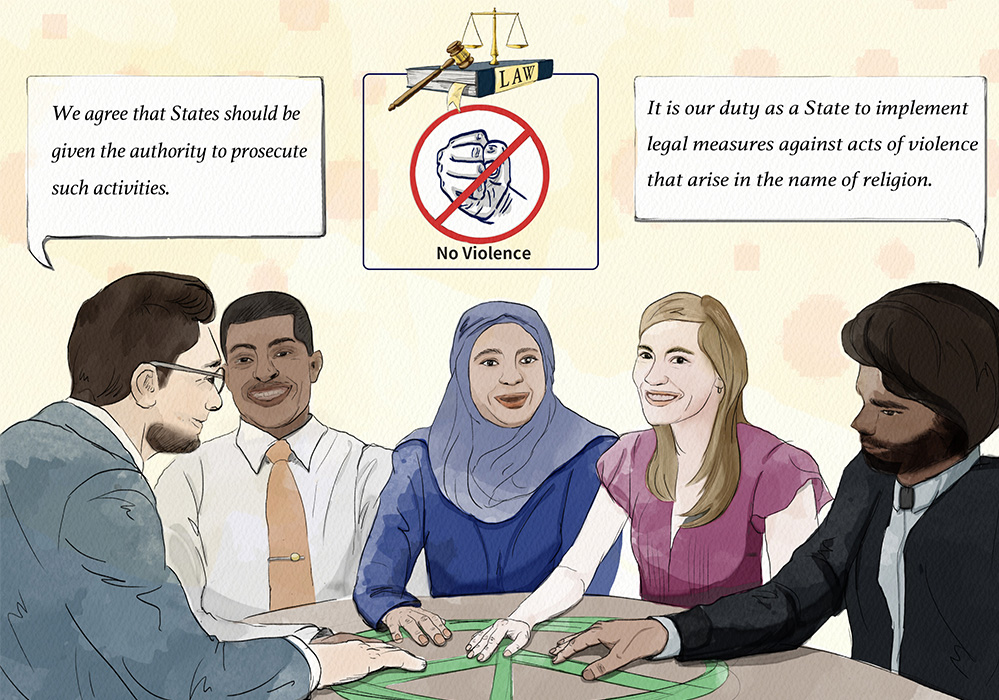Introducing Peace Education Curriculum
“Peace is not achieved through guns or knives. Even in a world of conflict where there is no love or peace, I believe that peace can be achieved through education. Rather than a study on scientific weapons for wars, we should do a study on peace.” At the will of HWPL Chairman Man Hee Lee, as well as the request of educators who recognized the necessity of peace education, HWPL launched HWPL Peace Education in 2016, striving to plant a peace-loving heart inside every individual around the world.

The purpose of HWPL Peace Education is to train and educate people to become “citizens of peace” and “peace messengers” so that they can work together with HWPL to spread a culture of peace in all parts of the world. For this, HWPL developed peace education curriculum with 12 lessons, and its main theme is “heavenly culture.” “Heavenly culture” refers to a culture of peace, coexistence, and development that humanity creates together – transcending religion, idea, race, and nationality. Furthermore, finding a high level of spiritual value that can achieve peace and realizing that value on this earth is also “heavenly culture.” Neither the flourishing civilization of ancient Rome or China, the Renaissance that awakened human values, nor the Industrial Revolution which brought about high development have established a culture of peace on this earth. Since World War I and II in the 20th century, wars and disputes have continued throughout the world. In order to create sustainable peace, HWPL has made efforts to create “heavenly culture” through the 10 Articles and 38 Clauses of the Declaration of Peace and Cessation of War (DPCW) – an international legal instrument that ensures world peace and cessation of war – and the World Alliance of Religions’ Peace (WARP) Office that promotes dialogue and harmony between religions by studying and comparing scriptures.
HWPL peace education curriculum developed with the theme of “heavenly culture” can be divided into two main parts. Lessons 1 to 4 begin with explaining the discovery of peace within nature that has enriched life for billions of years. Then, it explains the fundamental cause of war, which is human greed, and the restoration of human world order for the cessation of war. Lessons 5 to 12 explain about the values of peace that should be placed within each student’s heart and mind. Gratitude, consideration, sacrifice, forgiveness, etiquette, law-abiding spirit, courage, and more are important values needed to spread peace in this chaotic world. When such values are internalized and characterized within the students, then they become “citizens of peace” and “peace messengers,” which allow them to become “heroes of peace” that achieve world peace and leave it as a legacy for the future generations.
HWPL hopes to help spread peace education by organizing the key points of HWPL peace education curriculum and delivering them, one lesson per month, in regions and countries. Also, HWPL is continuously making efforts to study and further develop the curriculum, and revise and improve its shortcomings. HWPL asks for help and sincere attention from the peace messengers around the world so that this can become a peace education curriculum that can build practical peace.




